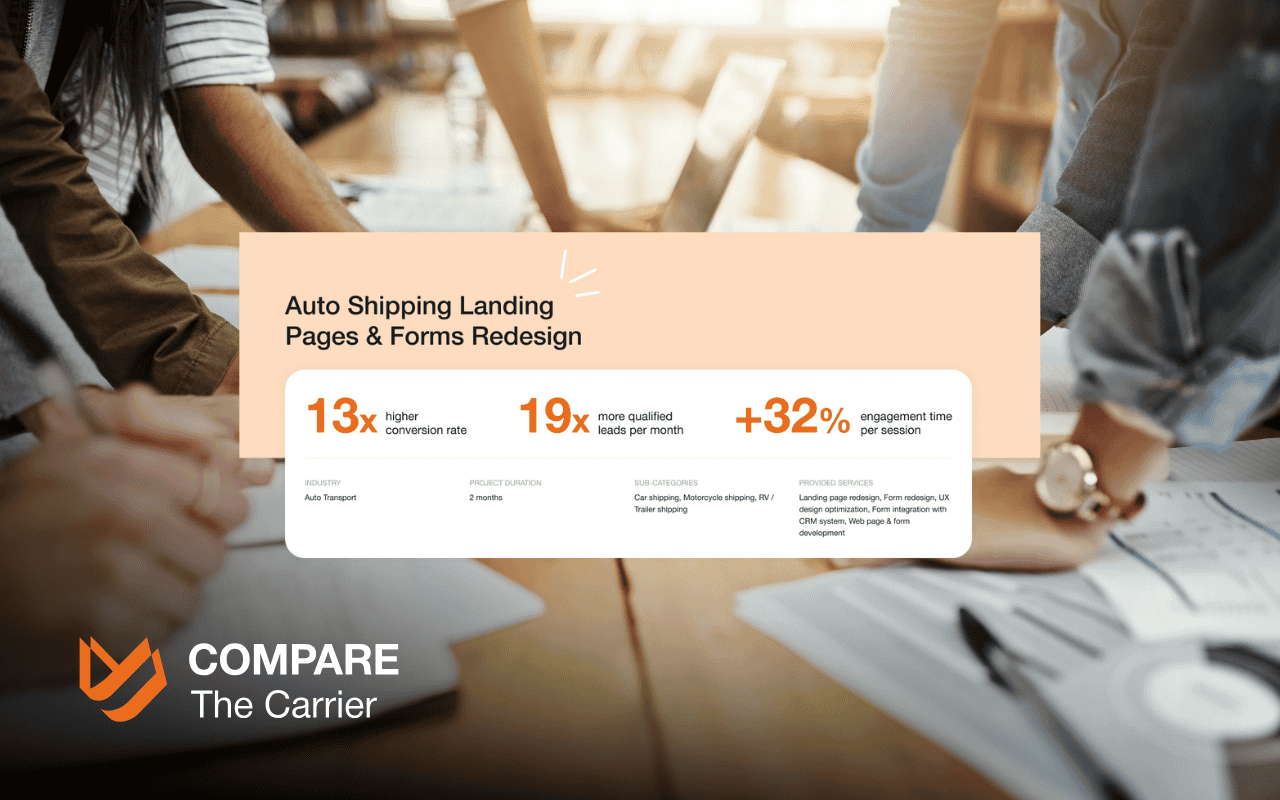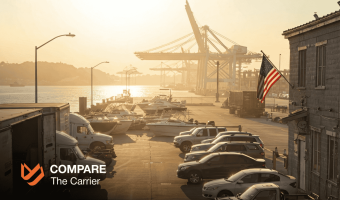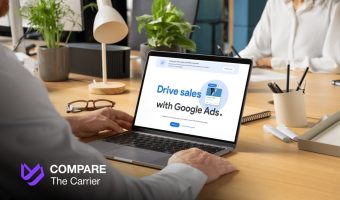Pouring money into Google Ads but getting barely a trickle of leads? You’re not alone. Plenty of businesses see decent traffic hit their site, only for potential customers to vanish. With average landing page conversion rates often hovering between a measly 2% and 6.6% across industries in 2024-2025, it’s clear that just getting clicks isn’t enough. The real magic happens – or doesn’t – on the page itself. This is where strategic landing page redesign becomes absolutely critical.
It’s not just about looking pretty; effective auto transport website design involves deep landing page optimization and sharp UX design auto transport principles. Think seamless forms, lightning-fast load times, and messaging that actually speaks to your customer. Get it wrong, and you’re basically throwing ad dollars away.
Get it right?
The results can be game-changing. This case study, just one example of the transformations detailed in our agency case studies, dives into how Compare The Carrier tackled exactly these issues for an auto transport client, transforming their frustratingly low 2% conversion rate through targeted conversion rate optimization and design, ultimately generating 19 times more qualified leads per month.
The Bottleneck: When Ad Clicks Don’t Convert
Alright, let’s talk real-world friction. Our client, an ambitious auto transport company looking to carve out its slice of the market, was doing what you’re supposed to do: putting money into Google Ads to get eyeballs on their site thanks to a hefty Google Ads spend, an investment many brokers make hoping to master Google AdWords for transport leads. The trouble? Those clicks were hitting a wall.
The problem?
Those eyeballs weren’t turning into actual business. It’s a story many brokers know too well – the ad money flows out, clicks come in, but the lead pipeline stays stubbornly dry.
They knew they needed a change, realizing their online setup wasn’t just underperforming; it was actively costing them money and growth opportunities. This situation screamed for more than just minor tweaks; it needed a serious look at landing page optimization and potentially a full landing page redesign.
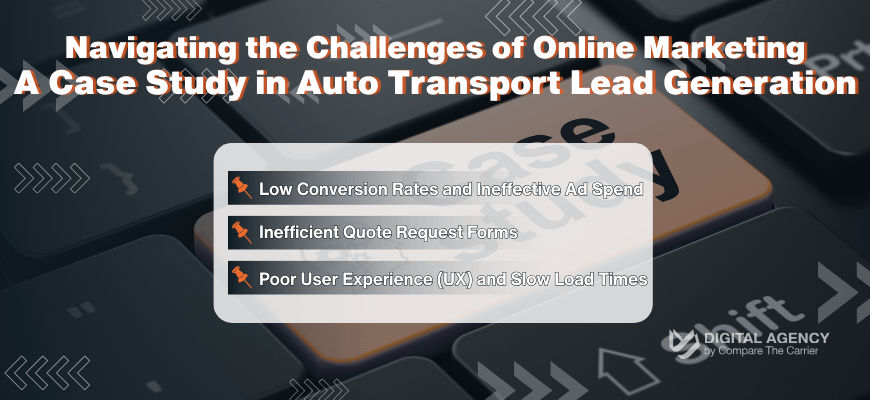
These issues combined created a major bottleneck. Traffic was coming in, but the path to becoming a lead was blocked by poor design, technical sluggishness, and a frustrating user experience. It was crystal clear that a fundamental landing page redesign was essential to unblock their growth.
Strategic Landing Page Redesign & Optimization
Faced with those lead generation roadblocks, we knew a surface-level fix wouldn’t cut it. Compare The Carrier mapped out a multi-faceted game plan, diving deep into a strategic landing page redesign and targeted landing page optimization. The entire approach was about transforming the user journey from the first click to the final quote submission.
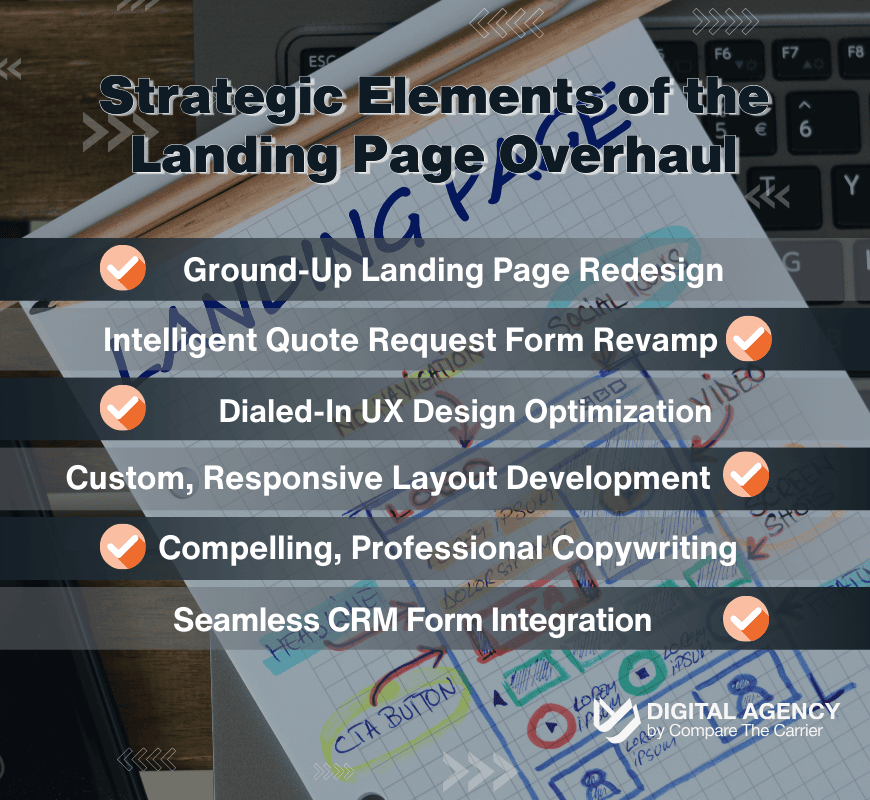
Here’s the playbook we used, pulling directly from the services provided:
This comprehensive strategy, blending technical development with sharp design and copy, laid the foundation for the dramatic results that followed.
The Payoff: Jaw-Dropping Results from Landing Page Redesign & Optimization
Let’s get down to the actual results. The strategic improvements we implemented didn’t just move the needle; they spun it off the dial. And the best part? This transformation happened fast, within just two months. The combination of data-driven landing page redesign, user-focused UX design auto transport, and seamless integration paid off big time, turning the client’s online presence from a leaky bucket into a lead-generating powerhouse.
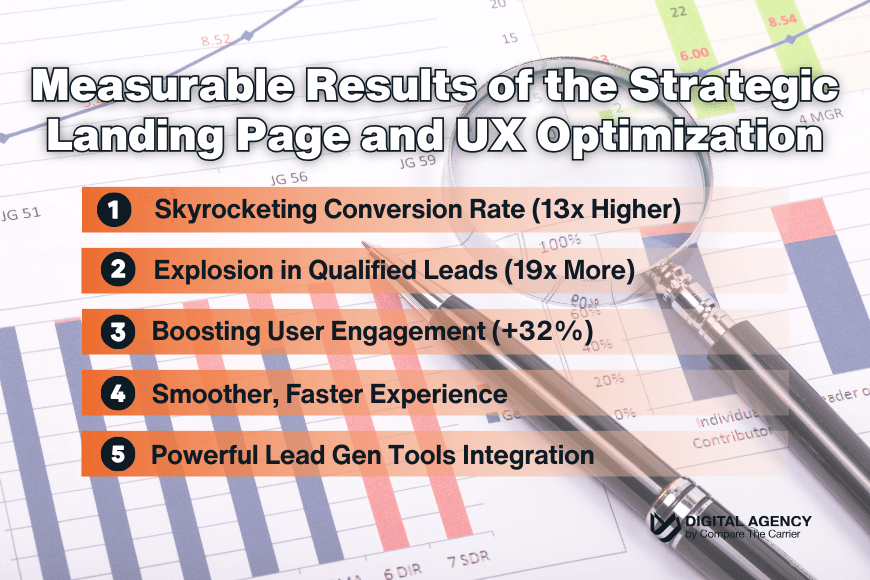
Here’s the impact in black and white:
The difference between the old landing page and the new, optimized version wasn’t just noticeable – it was transformative. Think less ‘sad puppy’ and more ‘unstoppable force’. The jump from a 2% conversion rate to 26%, generating 19 times the qualified leads, speaks volumes. Sometimes, a meme says it best:
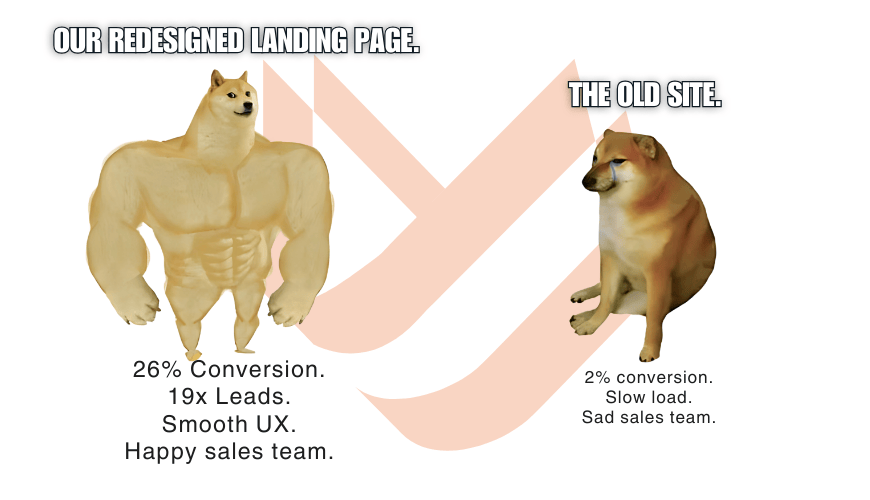
These weren’t just marginal gains; they represented a fundamental shift in the client’s ability to attract and convert customers online, directly impacting their bottom line and proving the power of strategic conversion rate optimization.
Lessons Learned: Applying This Success to Your Brokerage
So, what’s the bottom line here for your auto transport business? This case study isn’t just about one company’s success; it’s a playbook packed with crucial lessons for any broker looking to maximize their online lead generation, especially if you’re putting money into ads.
The single biggest takeaway? As the case study highlights, even the best ad campaigns can’t overcome a poor landing page experience. Pouring money into ads that lead to a confusing, slow, or ineffective page is like filling a bucket with a hole in the bottom. If you’re seeing traffic but not the leads you expect, it’s time to look critically at your landing pages.
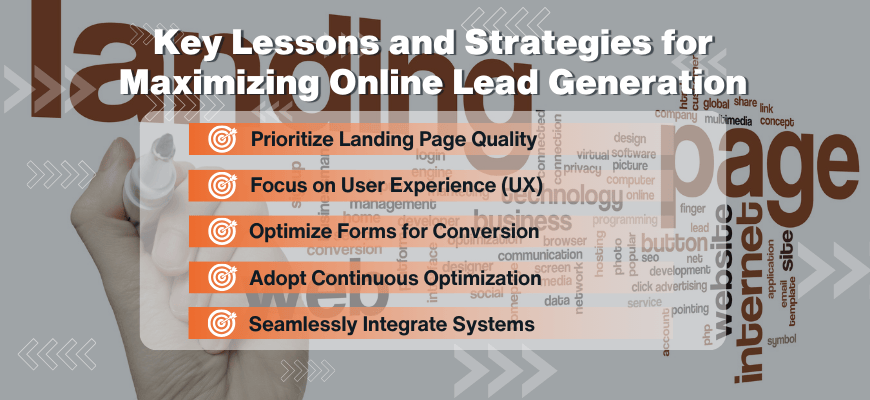
Here are the key lessons you can apply starting today:
If the challenges outlined in this case study – low conversion rates, incomplete leads, wasted ad spend – sound familiar, the good news is they are solvable. A focused approach on conversion rate optimization through strategic landing page redesign can be your game-changer, turning more clicks into valuable customers. Explore how we’ve helped other logistics businesses achieve similar results in our full collection of case studies.
Ready for Your Own Success Story?

Is your auto transport company facing challenges similar to those described? Are you investing in ads but not seeing the leads you expect?
Compare The Carrier specializes in transforming logistics marketing through expert web design, UX optimization, and conversion-focused strategies.
Get in touch with our team today for a consultation!
See more examples of how we’ve helped logistics businesses transform their marketing in our other agency case studies.
FAQ
How long does a typical auto transport landing page redesign project take?
While project scope can vary, the landing page redesign and optimization project described in this case study was completed within approximately two months, delivering significant results quickly. Factors like complexity and client feedback cycles can influence the timeline. For a specific estimate tailored to your project, you can request a consultation with our agency.
How do I know if my brokerage needs a landing page redesign versus just optimization?
If your conversion rates are critically low (like the 2% seen initially in this study), if users complain about usability, if your forms are outdated or missing key fields, or if your current auto transport website design looks unprofessional or doesn’t work well on mobile, a full landing page redesign is likely warranted. Minor optimization might suffice for already decent-performing pages. If these issues sound familiar, you can request a consultation with our agency to discuss solutions.
Besides conversion rate, what other metrics show success after landing page optimization?
Great question! While conversion rate optimization is key, also look at metrics like increased lead quality (are forms capturing better info, helping you identify leads similar to the best auto transport leads for brokers?), higher user engagement time (as seen with the 32% increase here), lower bounce rates (fewer people leaving immediately), and faster page load speeds.
Does a landing page redesign impact SEO?
Yes, it can, both positively and negatively. A good redesign focused on user experience, relevant content (copywriting), mobile-friendliness, and faster load times often improves SEO rankings. However, ensure proper technical SEO (like URL redirects if pages change), drawing on effective SEO strategies to rank #1 in auto transport, is handled during the landing page redesign to avoid losing existing rankings.
What specific CRM was integrated in this case study?
The case study mentions successful CRM integration as part of the solution but doesn’t specify the particular brand. The key takeaway is that seamless integration with your chosen CRM, selected perhaps from reviews of the top auto transport CRMs, is vital for efficient lead management after optimizing your auto transport website design.
What’s the first step if I want to improve my auto transport website design and conversions?
Start with analysis. Understand your current conversion rates, identify user drop-off points (using analytics or heatmaps), get feedback on your user experience, and critically evaluate your quote forms. Knowing where the problems lie is the essential first step before jumping into a landing page redesign or rethinking your overall marketing for brokerage growth, potentially leveraging insights from a comprehensive free logistics marketing plan.
